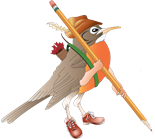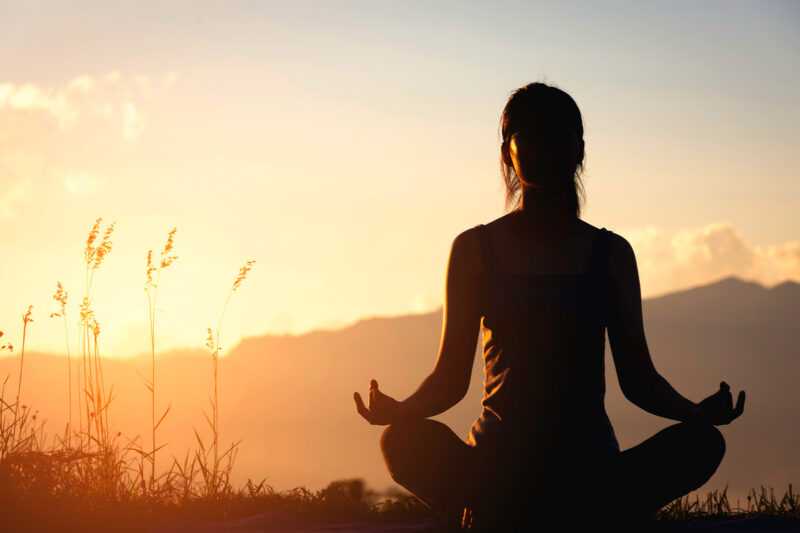

In today’s day and age, when stress levels are high, outdoor activities are minimal and our body’s immunity levels have to be maintained, many people are moving away from gyms and onto the yoga mat. To celebrate International Yoga Day on June 21, CECILIA D’SOUZA spoke to two yoga practitioners to understand how yoga can help children stay healthy and relaxed.

Yoga is based on an extremely subtle science that focuses on bringing the mind and body together. The word ‘yoga’ has been derived from the Sanskrit root ‘yuj’, which means ‘to join’ or ‘to unite’. Yoga helps to bring together all the systems of the human body–physical, mental and spiritual–and aids in their development too. Yoga has three main elements—asanas, breath control and simple meditation. When done with the right focus, yoga can not only build immunity and strength, but also keep the mind healthy. Yoga also helps in better body awareness, self-control, flexibility, concentration and coordination.
YOGA FOR STRESS RELIEF
Jasmeet Kaur Bagga, Co-founder, YogaZoo
How does yoga help children deal with stress?
Children may feel stressed due to pressures at school or home or negative thoughts about themselves. While communication is crucial, yoga promotes instant relaxation. The rhythmic breathing in yoga asanas wards off negative thoughts and releases endorphins. One pose to calm an anxious or stressed child is Shashankasana, also known as the child’s pose. The reverse flow of blood to the brain soothes the cranial nerves and the foetal-like position builds a sense of security and surrender.
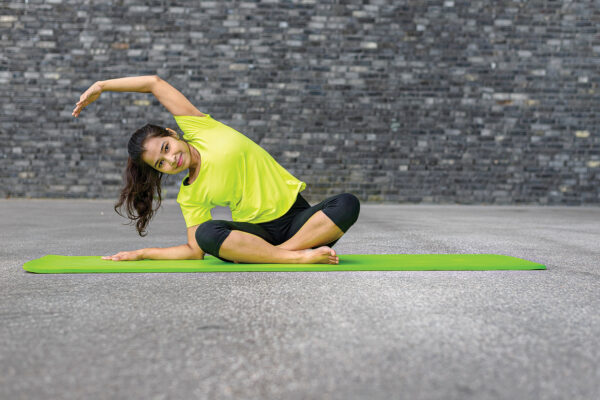
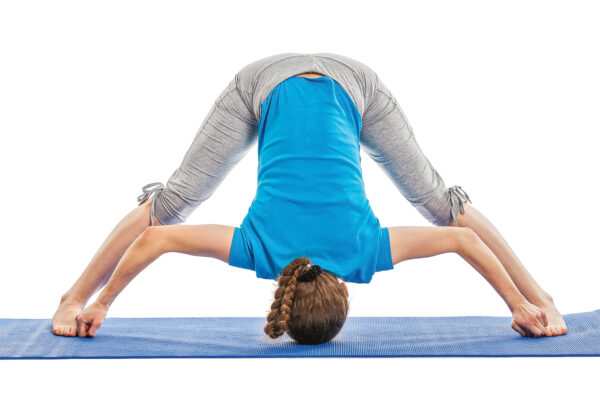
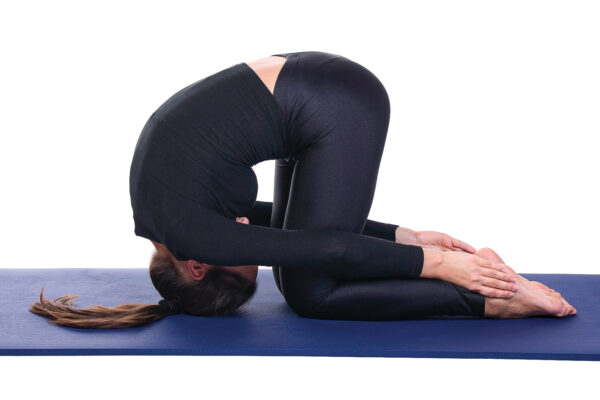
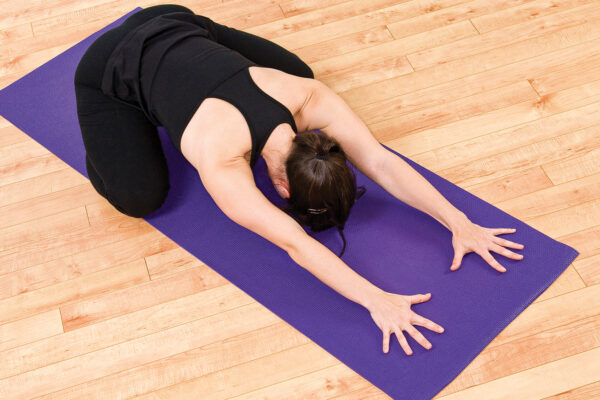
Some More Yoga Poses to Handle Stress:
Sasangasana or Shashakasana (Rabbit Pose): Start in the child’s pose. Now, clasp your hands behind your back, lift your hips and carefully roll forward onto the crown of your head. Notice where you feel the stretch. Stay here and take a few breaths, in and out. When you’re ready, lower your hips back down and release your arms. Relax in the child’s pose until you’re ready to sit up.
Adho Mukha Sukhasana (Forward Bend): Sit down cross-legged. Take a long breath and bend forward as you exhale. Rest your hands on your forearms or on the floor and maintain your position as you breathe deeply. Sit up after rhythmic breathing of four to five rounds and stretch your legs.
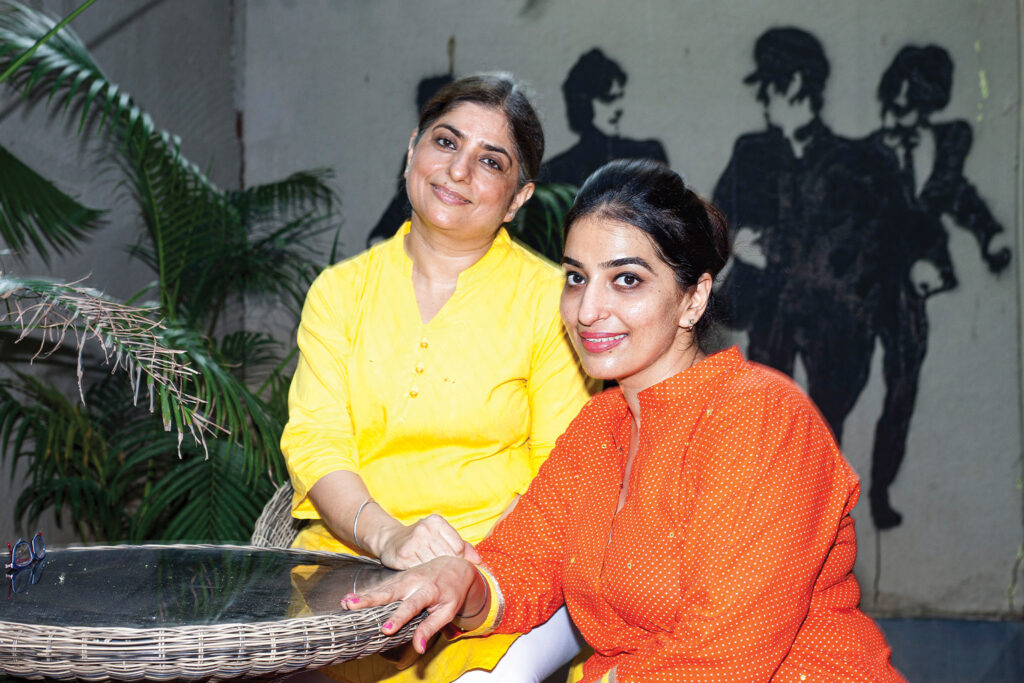
Jasmeet Kaur Bagga is the co-founder of YogaZoo. YogaZoo is a 15-year-old yoga institution for children offering an authentic Hatha Yoga curriculum with a fun and engaging twist.
YOGA TO BUILD IMMUNITY
Proleen Kaur Sahni, founder of Yoga+kids
How does yoga help in improving immunity?
Yoga helps to boost the immune system by reducing the stress hormone in the body. It also pushes the organs to function at their optimum best. It calms the nervous system through different pranayamas and asanas. When the immune system is functioning at its optimum best, it doesn’t allow foreign infections to attack the body. Regular practice of yoga asanas can help in relaxing and loosening muscles and pranayama helps in instilling positive energy.
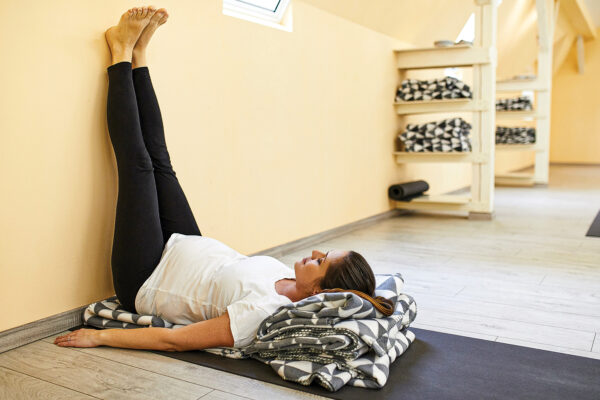
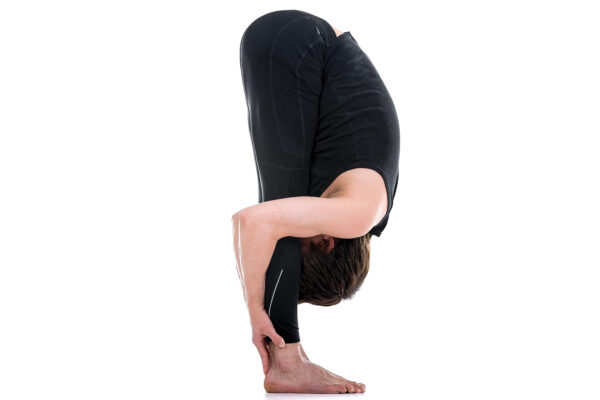
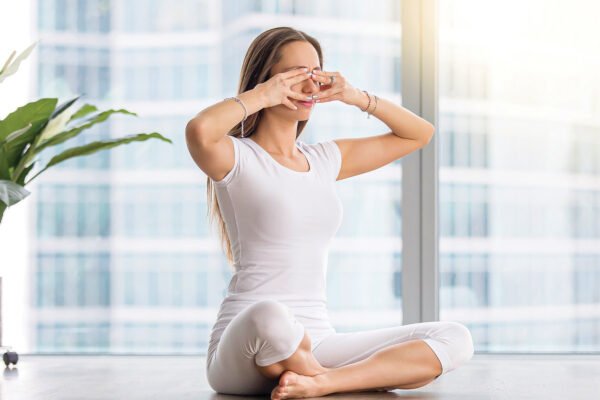
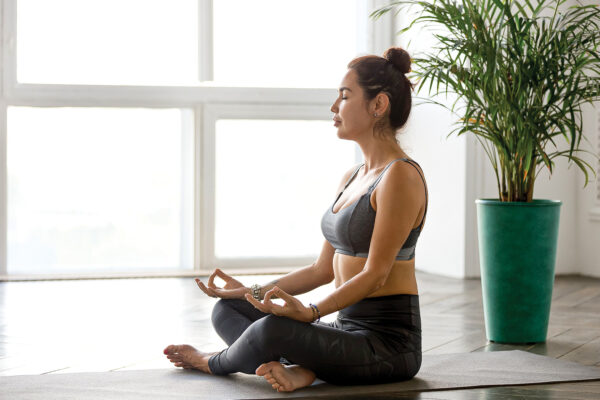
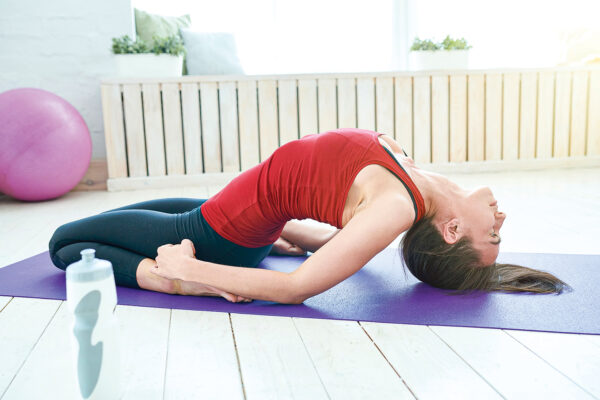
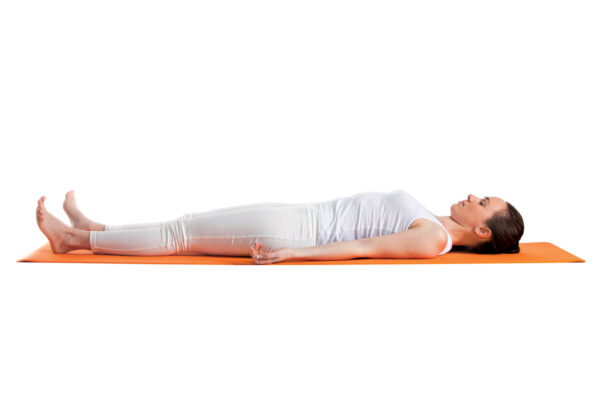
Some Yoga Poses That Help Build Immunity:
Uttanasana (Forward Fold): Keep your feet shoulder-width apart and parallel to each other. Now breathe out and gently bend down from the hips (not the waist) till your hands reach the floor. Your chest and stomach should touch your thighs. Stay there for at least 10 breaths. If you are not flexible, try and go as far as you can.
Matsyasana (Fish Pose): Sit cross-legged. Slowly bend backwards and try and reach the floor behind you with your legs crossed. Lift the chest upwards with your elbows touching the floor and place your hands on your thighs. Breathe slowly for 10 counts. To release, bring the back down to the floor and straighten the head.
Brahamari (Bee Breath): Begin by sitting in a cross-legged position. Close your eyes and cover your ears by making a cup with your palms. Take a slow deep breath in through your nose and before exhaling, make a ‘hummmm’ sound for as long as possible.
Sukasana (Easy Pose): Sit cross-legged with your eyes closed and your hands on your knees. Stay for as long as it feels good, but try and complete a round of 10 deep breaths in this pose. You will feel your stomach go in and out as you inhale and exhale.
Shavasan (Corpse Pose): Lie on your back with your legs straight and arms relaxed on your sides. Breathe naturally.
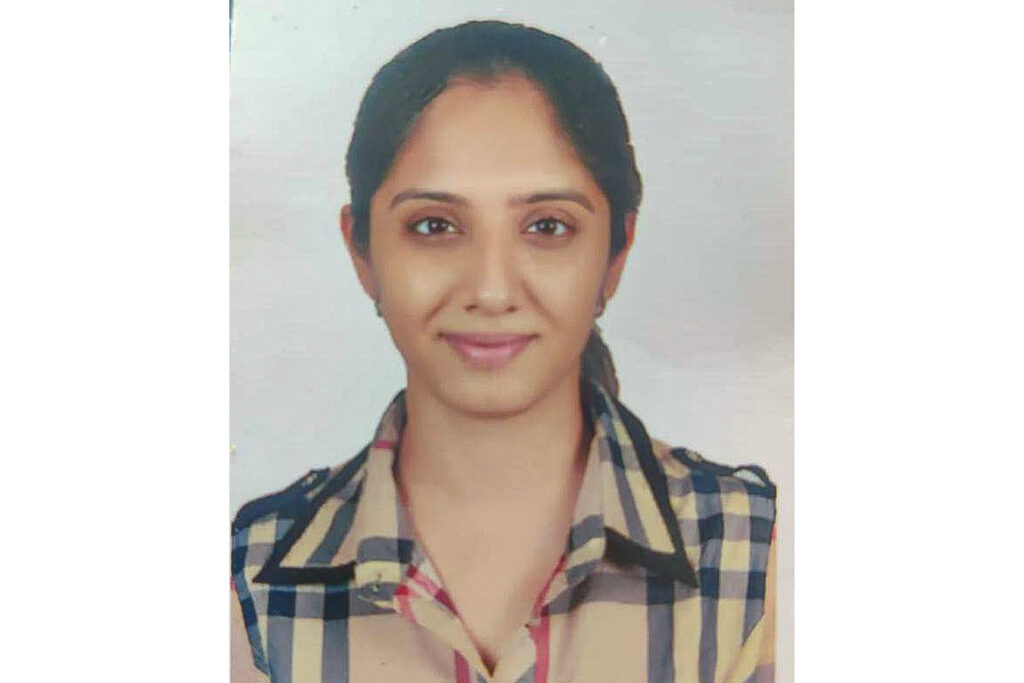
Proleen Kaur Sahni is a certified yoga instructor from the Yoga Institute of India and QCI Ministry of Ayush.
Always Use a Yoga Mat
Yoga should always be done on a personal yoga mat, such that the body does not touch the floor, as this ensures there is no energy loss. If you’re looking for kid-friendly yoga mats, check out Lil Chakra’s skid-free mats for kids that are hand-woven, brightly coloured and perfectly sized for young children.
Note: Do not attempt any of these exercises without adult supervision. All yoga asanas should be done on an empty stomach.
Do you practise yoga or any other form of exercise? How has it helped you?





